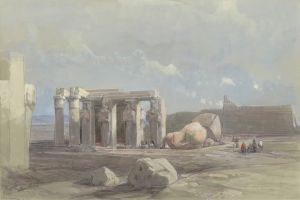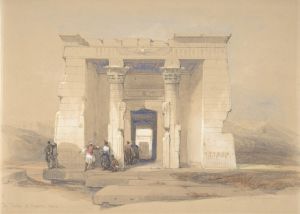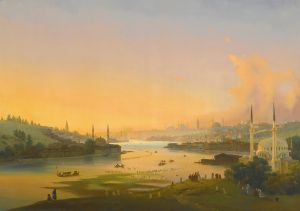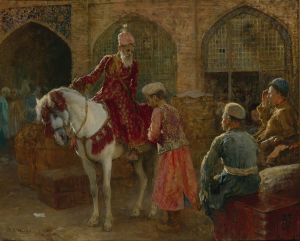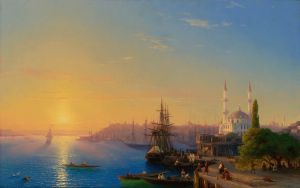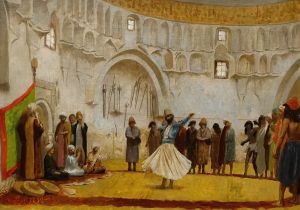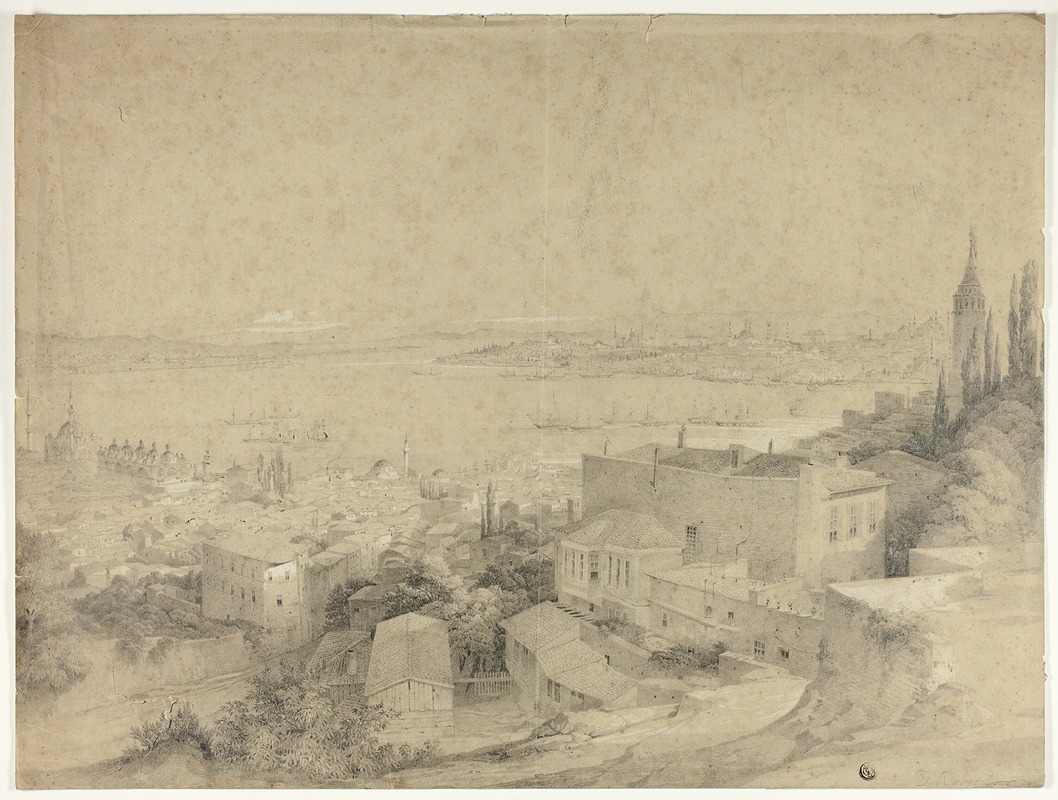
Constantinople
A hand-painted replica of David Roberts’s masterpiece Constantinople, meticulously crafted by professional artists to capture the true essence of the original. Each piece is created with museum-quality canvas and rare mineral pigments, carefully painted by experienced artists with delicate brushstrokes and rich, layered colors to perfectly recreate the texture of the original artwork. Unlike machine-printed reproductions, this hand-painted version brings the painting to life, infused with the artist’s emotions and skill in every stroke. Whether for personal collection or home decoration, it instantly elevates the artistic atmosphere of any space.
David Roberts (1796–1864) was a Scottish painter known for his detailed and atmospheric depictions of architectural and historical subjects. Among his works is a painting titled Constantinople, which captures a view of the historic city, now known as Istanbul, during the 19th century. Roberts was particularly renowned for his travels and the artworks he produced based on his journeys, which included extensive tours of the Middle East, North Africa, and parts of Europe.
The painting Constantinople reflects Roberts' characteristic attention to architectural detail and his ability to convey the grandeur of urban landscapes. The work portrays the city as it appeared during the Ottoman Empire, highlighting its unique position as a cultural and geographical crossroads between Europe and Asia. Roberts' depiction includes notable landmarks such as the Hagia Sophia, a former Byzantine cathedral that was converted into a mosque under Ottoman rule, and the city's skyline, which is punctuated by domes and minarets. The painting also features the Bosphorus Strait, emphasizing Constantinople's strategic location as a major hub of trade and culture.
Roberts visited Constantinople in 1839 as part of his broader travels in the region. His journey was part of a larger trend during the 19th century, when European artists and writers were fascinated by the "Orient" and sought to document its landscapes, architecture, and people. Roberts' works from this period were based on sketches and studies he made during his travels, which he later developed into finished paintings and lithographs. His depictions of Constantinople and other locations were widely admired for their accuracy and artistic quality, and they contributed to the growing European interest in the Ottoman Empire and the broader Middle East.
The painting Constantinople is part of Roberts' larger body of work that includes his famous series of lithographs, The Holy Land, Syria, Idumea, Arabia, Egypt, and Nubia, published between 1842 and 1849. While the exact details of the painting's creation and current location may not be widely documented, it remains an important example of Roberts' ability to capture the essence of the places he visited. His works continue to be celebrated for their historical and artistic significance, offering a glimpse into the 19th-century perception of the regions he explored.
Roberts' art, including Constantinople, is valued not only for its aesthetic qualities but also for its role in documenting the architectural and cultural heritage of the time. His paintings and lithographs serve as a visual record of a world that has undergone significant changes since his travels.





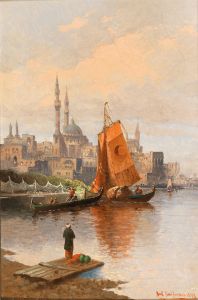

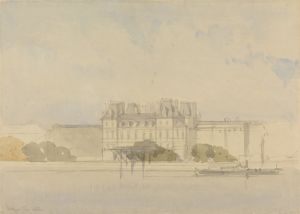
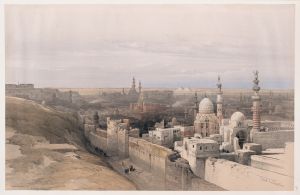
![Excavated temples of Aboosimble [Abû Sunbul], Nubia.](/imgs/217481/s/david-roberts-excavated-temples-of-aboosimble-abu-sunbul-nubia-2ca5e7e8.jpg)
![Interior of the mosque of the Sultan El Ghoree [Masjid al-Ghuri].](/imgs/217498/s/david-roberts-interior-of-the-mosque-of-the-sultan-el-ghoree-masjid-alghuri-97814173.jpg)
![Ruins of Karnack [Karnak].](/imgs/217533/s/david-roberts-ruins-of-karnack-karnak-f5b9f9ff.jpg)
